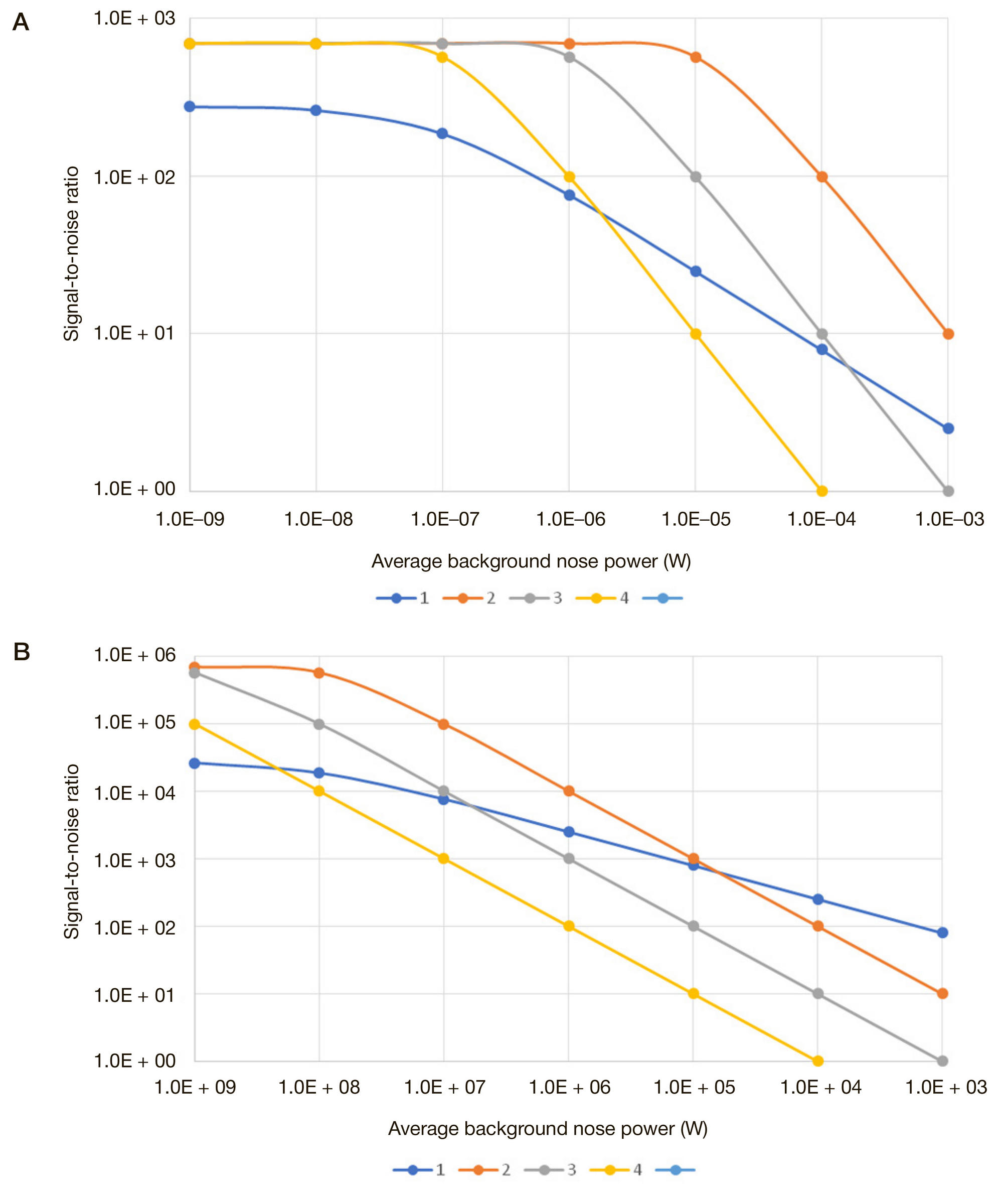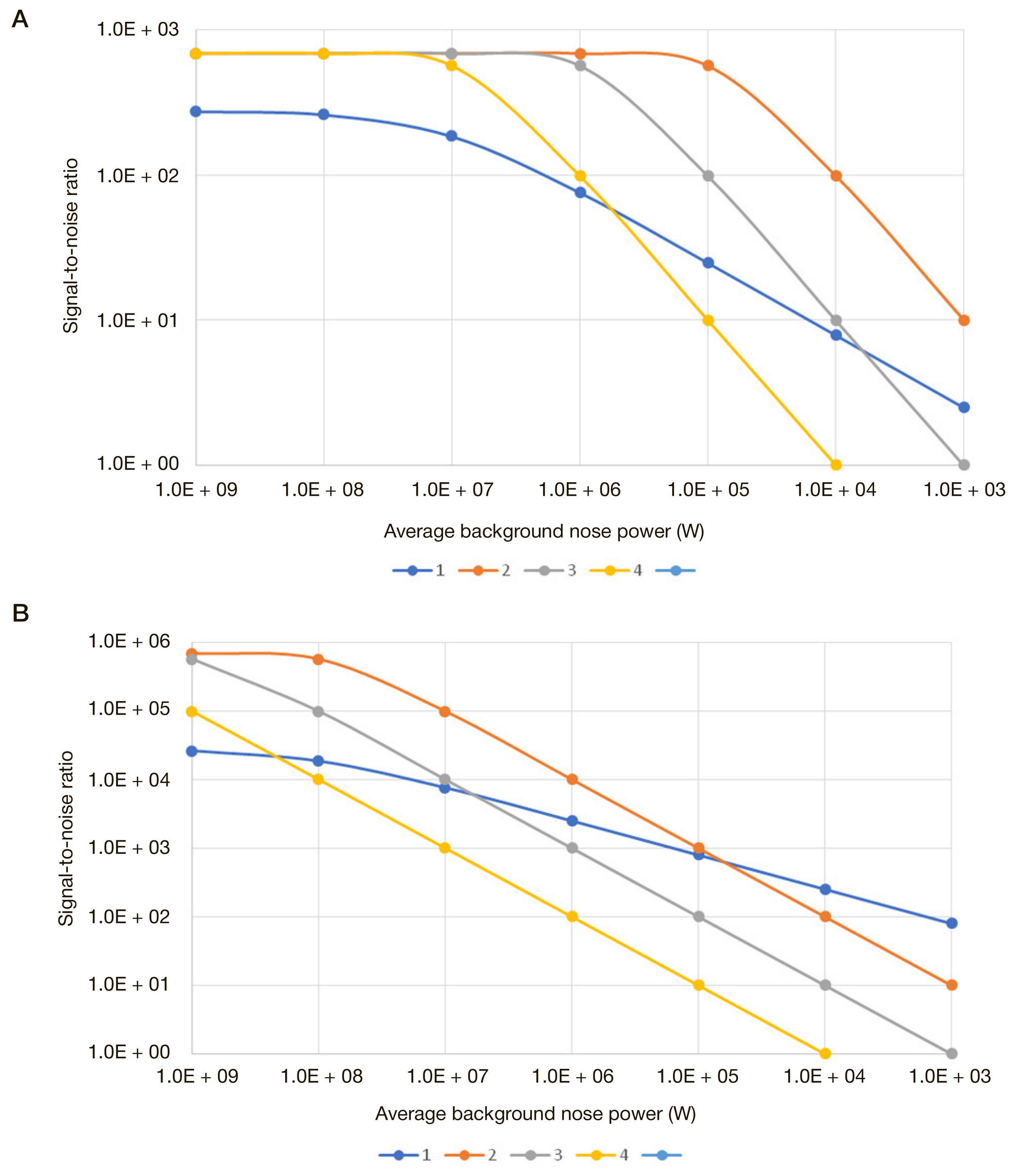
This article is an open access article distributed under the terms and conditions of the Creative Commons Attribution license (CC BY).
ORIGINAL RESEARCH
Comparison of fluorescence excitation modes for cdse semi-conductor quantum dots used in medical research
1 Department of Physics of Micro- and Nanosystems, National Research Nuclear University MEPhI, Moscow
2 Laboratory of Nano-Bioengineering, National Research Nuclear University MEPhI, Moscow
Correspondence should be addressed: Yuri A. Kuzishchin
Kashirskoe highway, 31, Moscow, 115409; moc.liamg@nihchsizuk.yiry
Funding: this work was supported by the Federal Target Program The National System for Chemical and Biological Security of the Russian Federation (2015– 2020) and carried out under the state contract No. K-27-НИР/146-2 dated December 28, 2015 signed by the Ministry of Healthcare of the Russian Federation and the National Research Nuclear University MEPhI.


